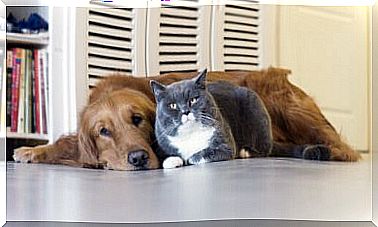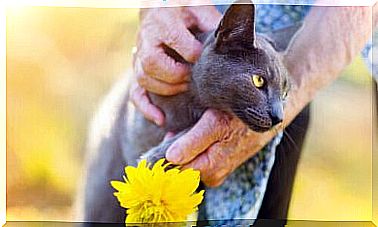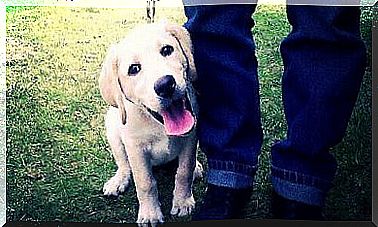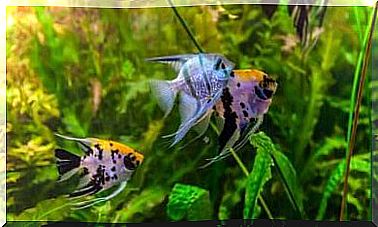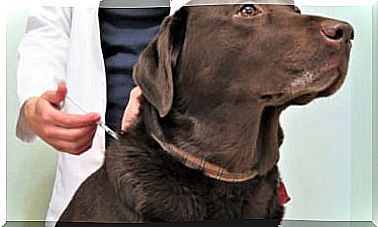What To Do In Case Of Mushroom Poisoning In Dogs
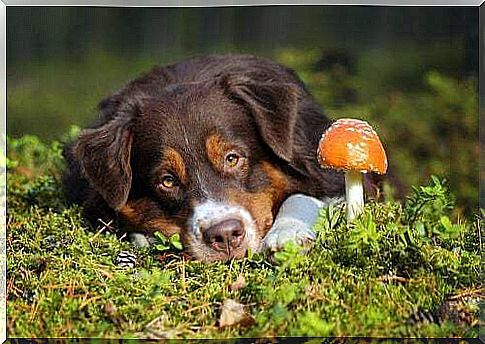
Mushroom poisoning in dogs can occur in both a rural and a domestic setting. Therefore, it is essential for owners to ensure that their pets do not have access to this type of food and that they are properly fed.
Mushroom poisoning is the set of diseases caused by mycotoxins, present in the fungus itself or on another surface, substance or food that has been contaminated.
Bread and fruit are two of the foods with the greatest tendency to deteriorate, but dog feed and, above all, wet dog food are also quite susceptible to spoilage.
As for the direct intake of mushrooms by dogs, you need to be very careful. While some are harmless or cause only minor gastrointestinal upset, others can be fatal.
Symptoms of mushroom poisoning in dogs
The symptoms and severity of mycotoxicosis will depend on the species and quantity of toxins ingested. However, there are a number of general indicators that can lead to suspicion of possible poisoning:
- Muscle tremors, lack of coordination and convulsions.
- Tendency to pant and increased heart and respiratory rate.
- Weakness, dehydration, loss of appetite and vomiting.
- Temperature.
Types of poisonous mushrooms
More specifically, toxic fungi can be classified into five categories based on the clinical signs caused. They are then presented in increasing order of severity:
- Fungi that cause gastrointestinal upset. They belong to the genera Agaricus, Boletus, Entoloma, Lactarius, Scleroderma and Tricholoma . Vomiting, abdominal pain, and diarrhea usually appear within two hours of ingestion and disappear spontaneously within two days.
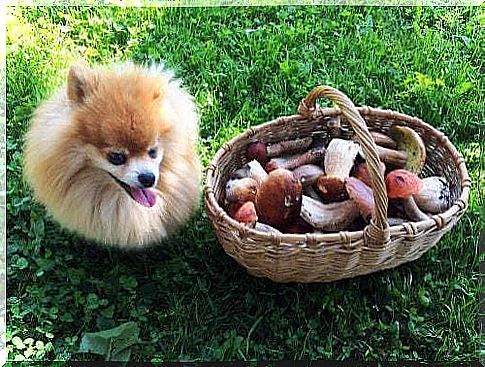
- Hallucinogenic mushrooms. The genera Psilocybe, Panaeolus, Conocybe and Gymnopilus stand out . They affect the central nervous system by stimulating the serotonin receptors. Although symptoms usually last less than 48 hours, seizures can occur or even be life-threatening.
- Fungi that cause muscarinic reactions. The genus Inocybe and Clitocybe stand out . Excessive salivation, vomiting and diarrhea are the most frequent symptoms; they can last several days.
- Psychotropic mushrooms. The Amanita Muscaria and the Amanita Pantherina stand out . They impair coordination, breathing, and can cause seizures or even death. These reactions will appear between 30 and 90 minutes after taking.
- Fungi that cause hepatic necrosis. They include the Amanita phalloides and the genera Galerin a and Lepiota . The first symptoms are gastrointestinal ending with liver failure of critical prognosis. Even if they appear between 6 and 24 hours, it is advisable to contact the veterinarian immediately.
Treatment and prevention
Mushroom poisoning in dogs should always be followed up by a specialist. Although the first symptoms are gastrointestinal only, they can get complicated in a few hours. Also, even though the ingested mushroom is not highly toxic, it can cause serious harm if ingested in large quantities.
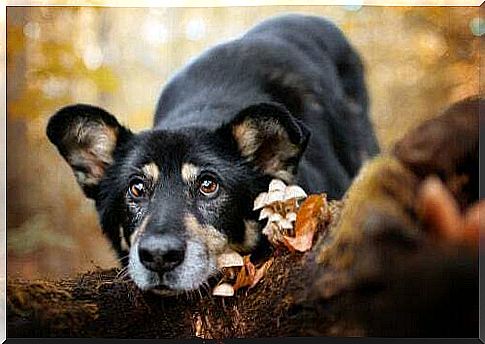
Stimulating vomiting, doing a gastric lavage or administering activated charcoal are some of the most frequent measures to cause the expulsion of toxins.
In case of liver failure, convulsions or changes in heart or respiratory rate, the first action will be to recover normal vital signs.
As for home treatment, the veterinarian can prescribe a drug accompanied by a diet and moderate rest. The 48 hours following mushroom poisoning in dogs are decisive, so the animal will need to be constantly treated.
Prevention is not always possible. Even so, extreme caution should be exercised on rural outings and, even, in the parks and gardens themselves when the autumn humidity begins to take its toll.
